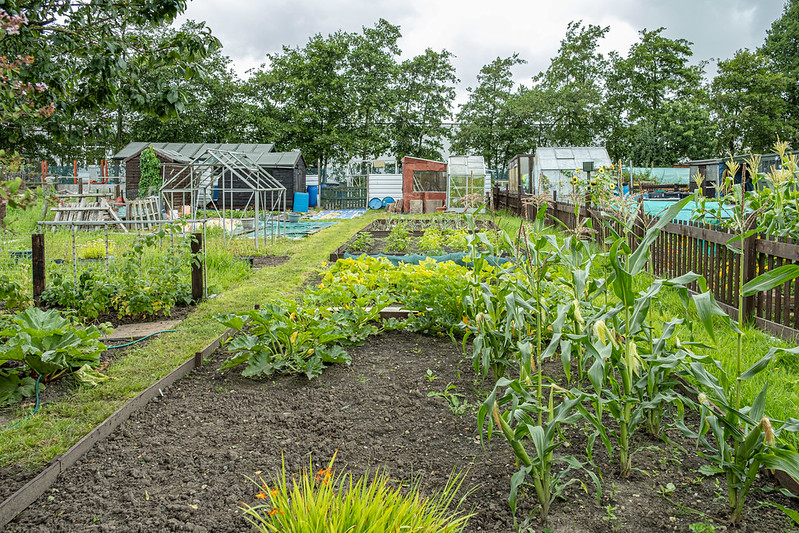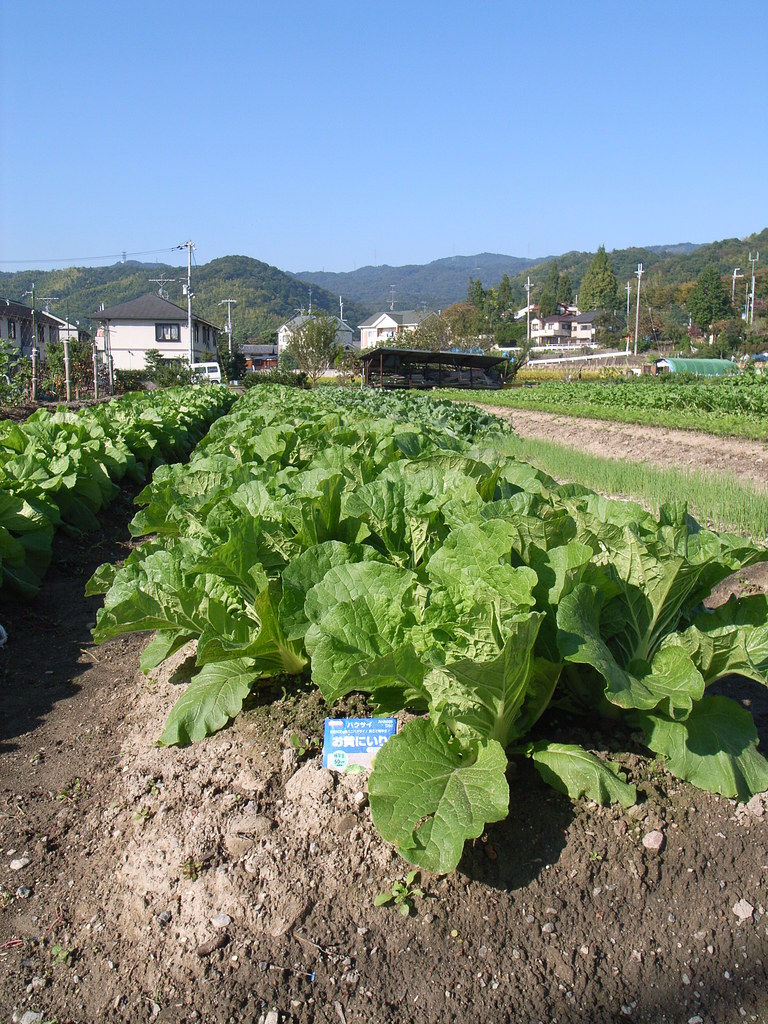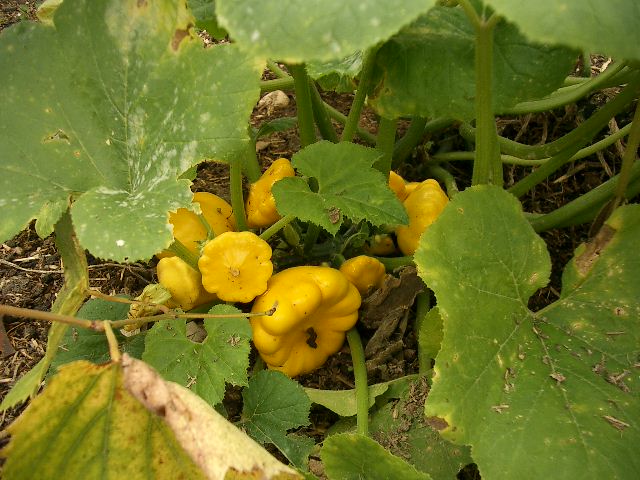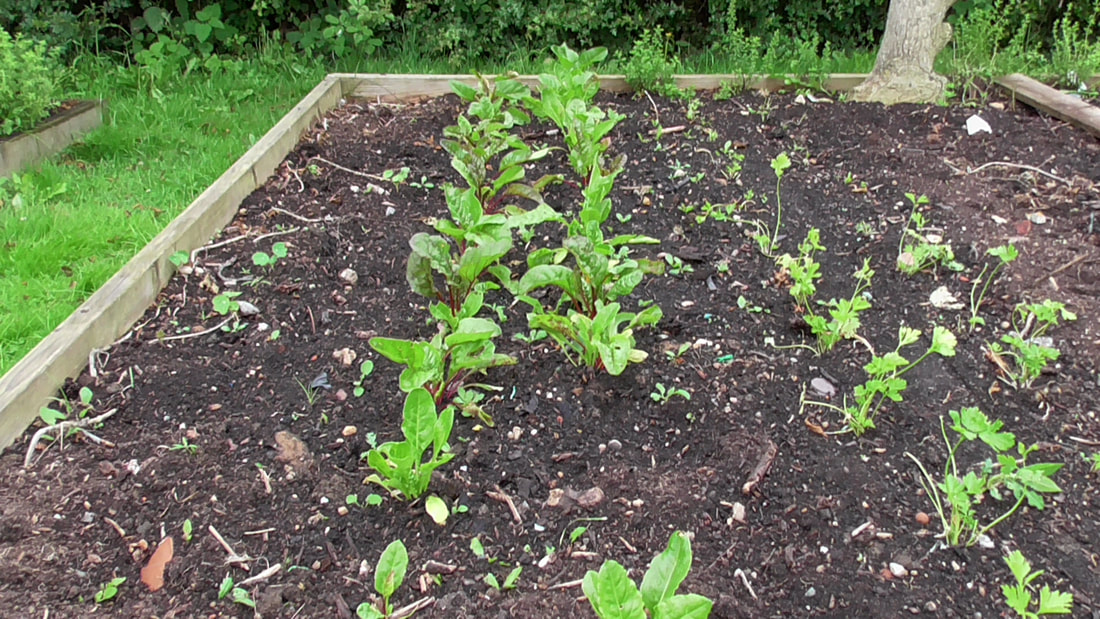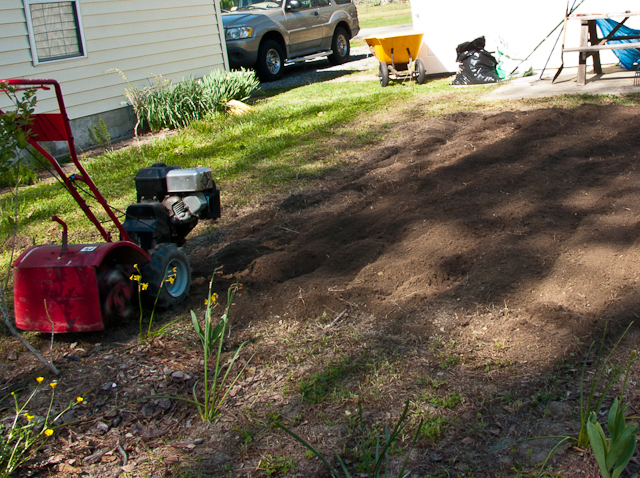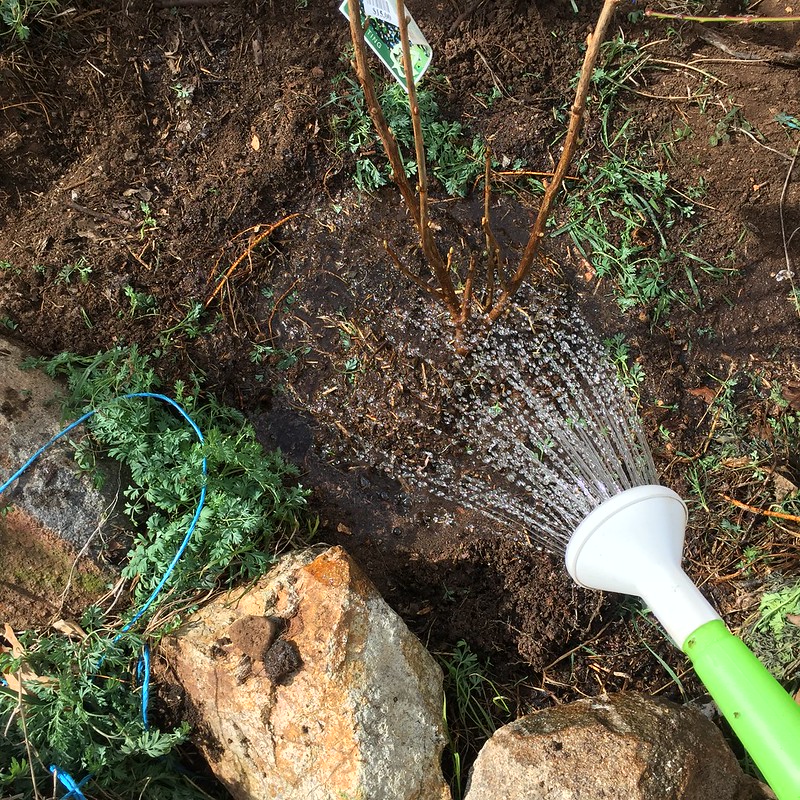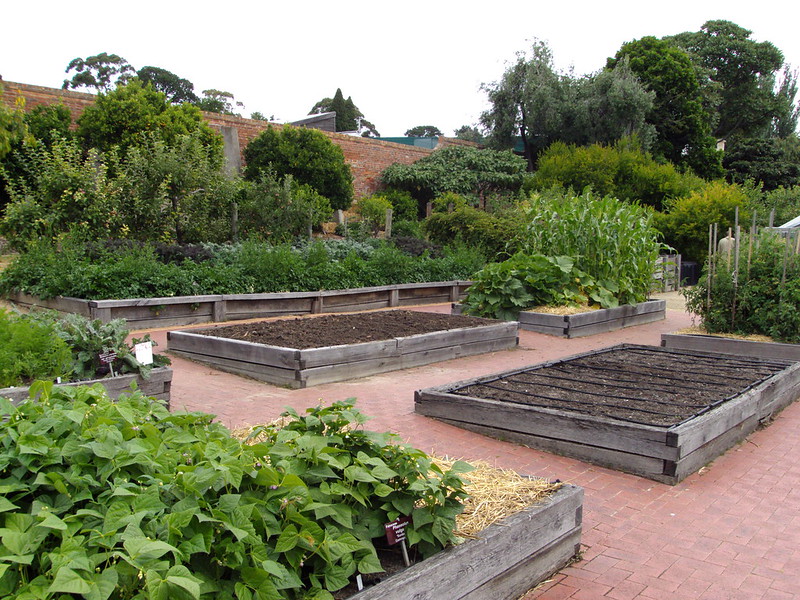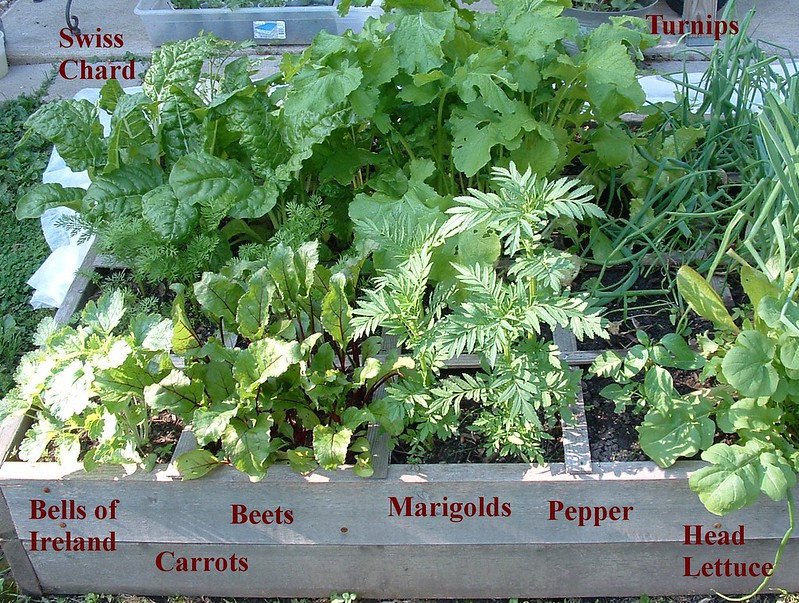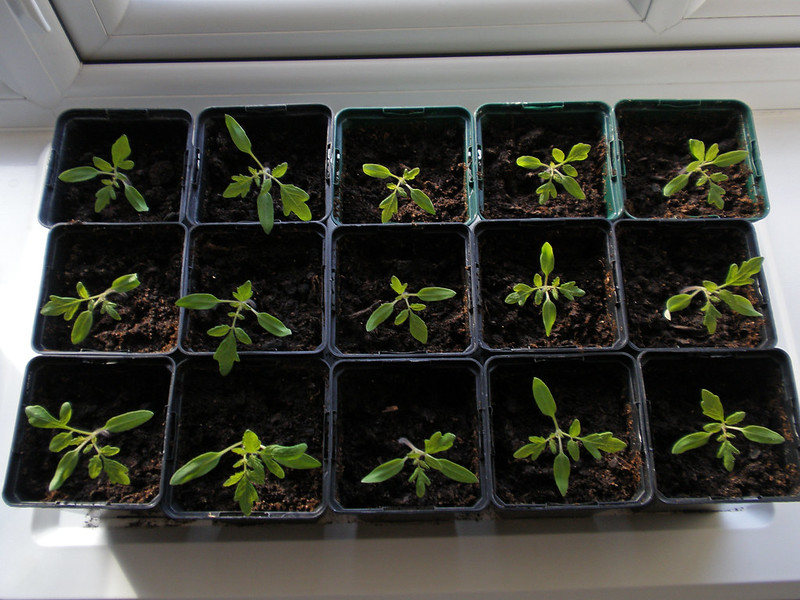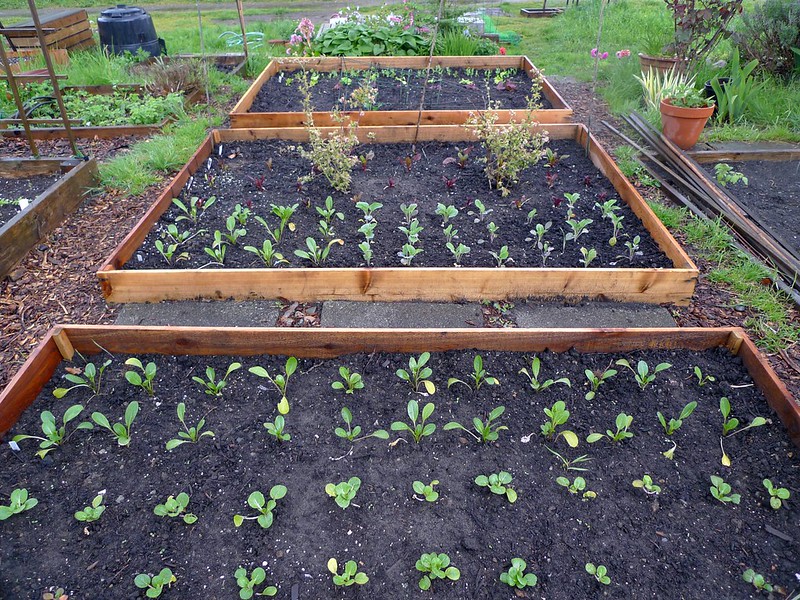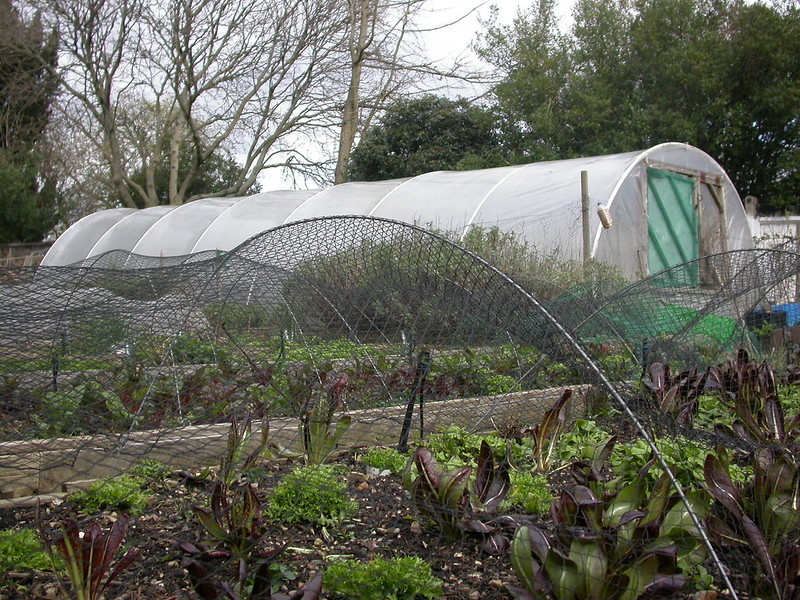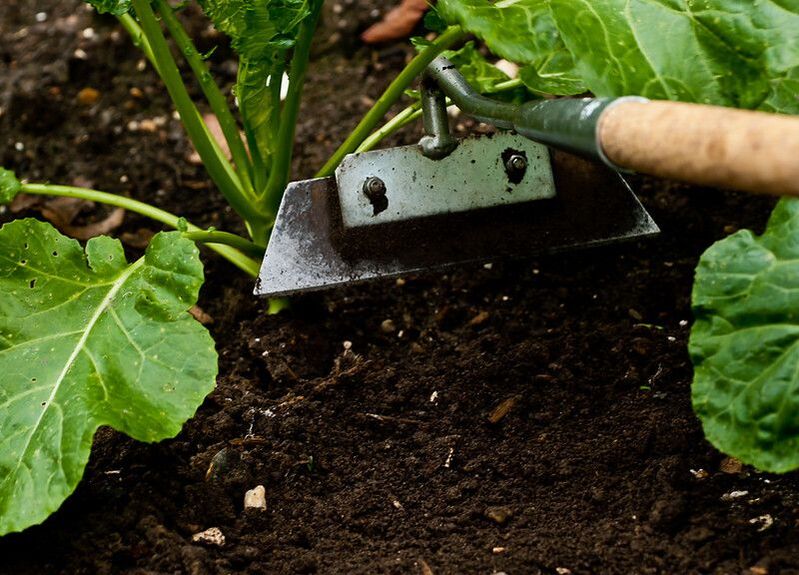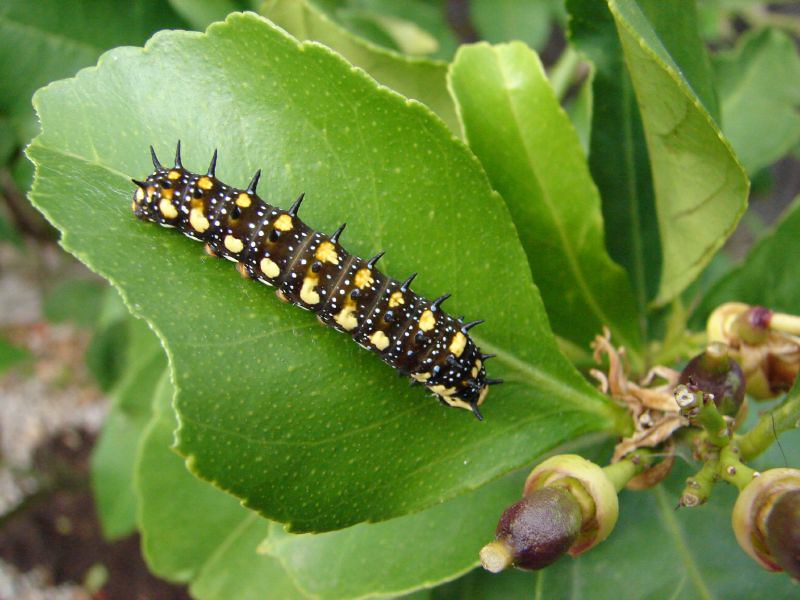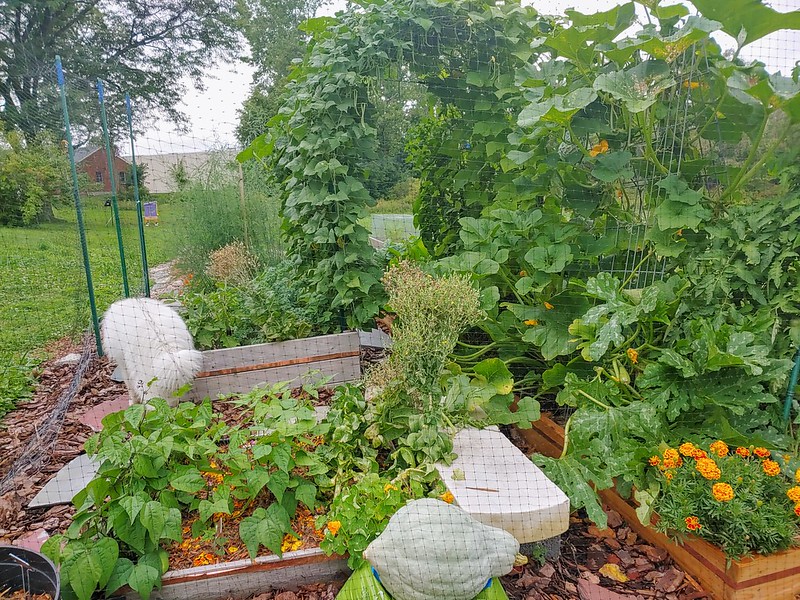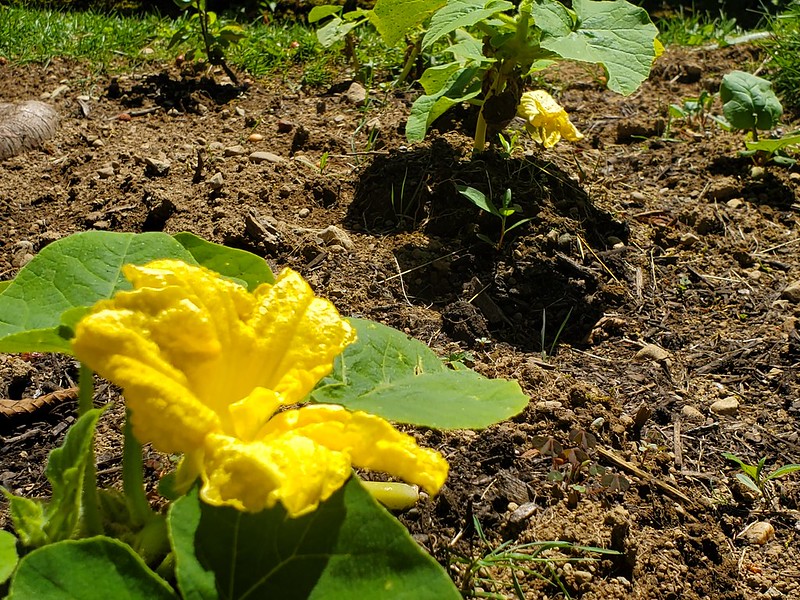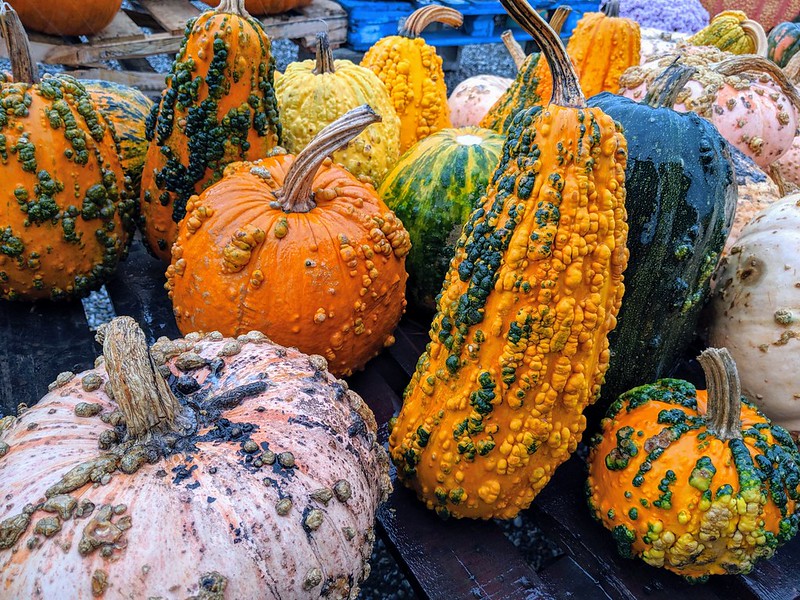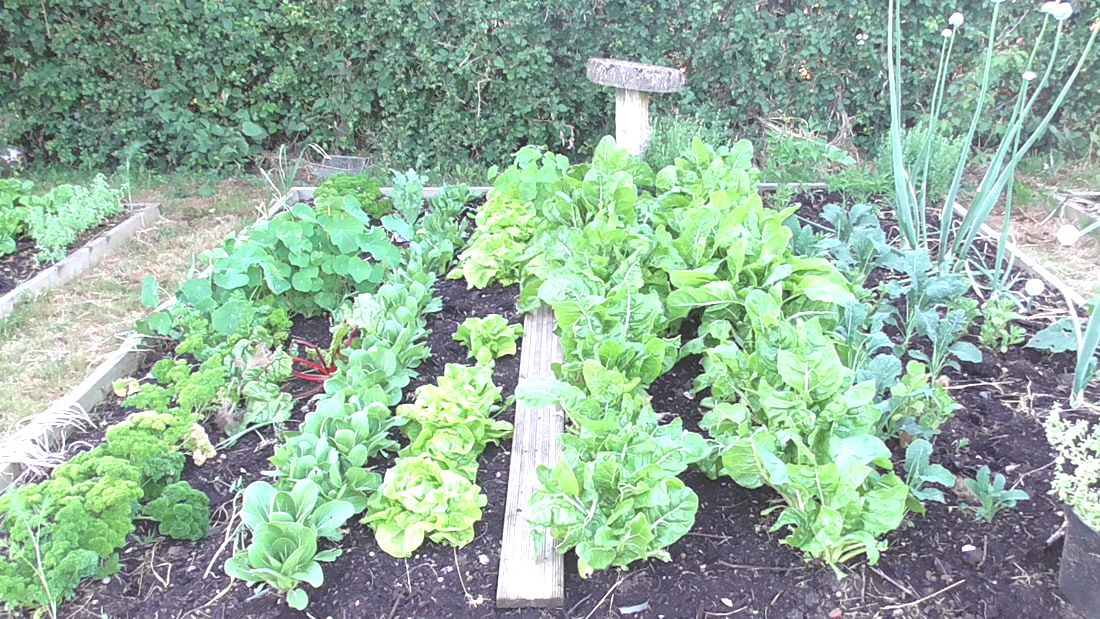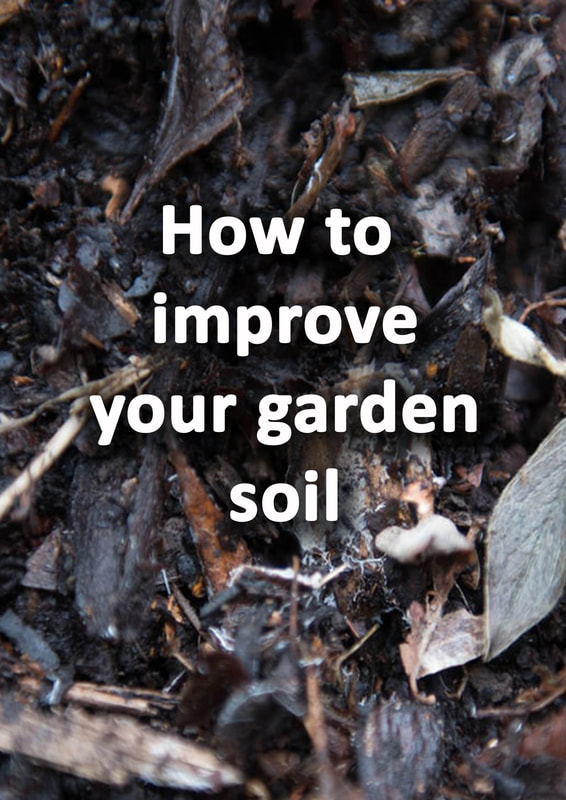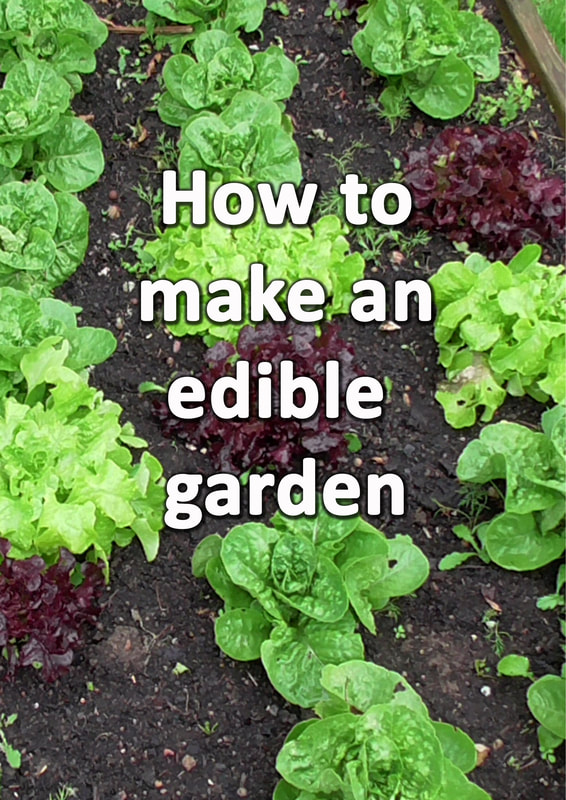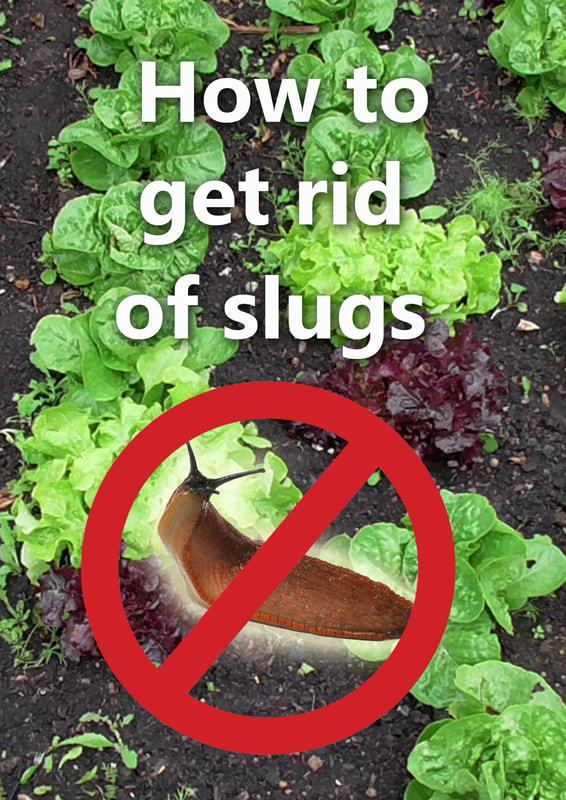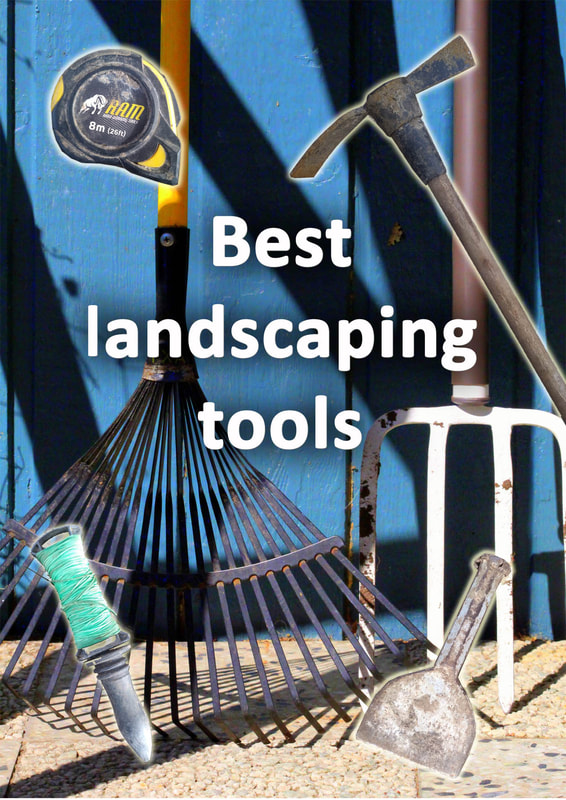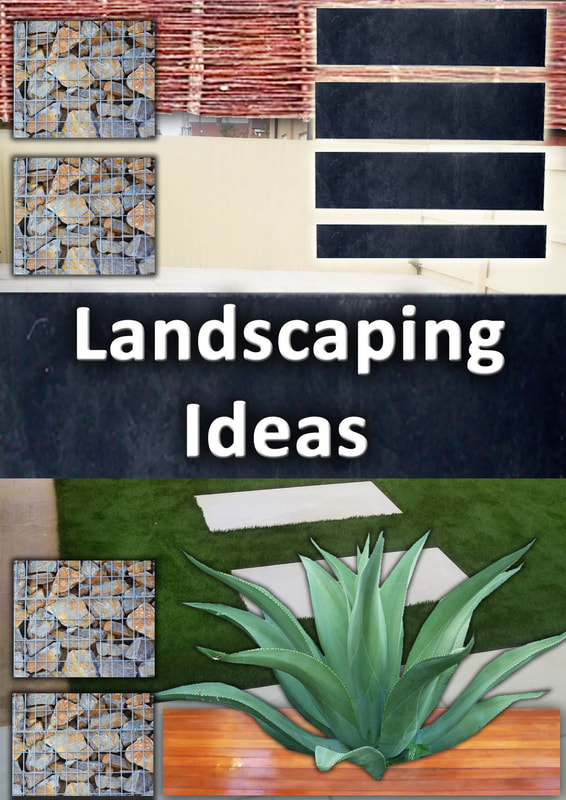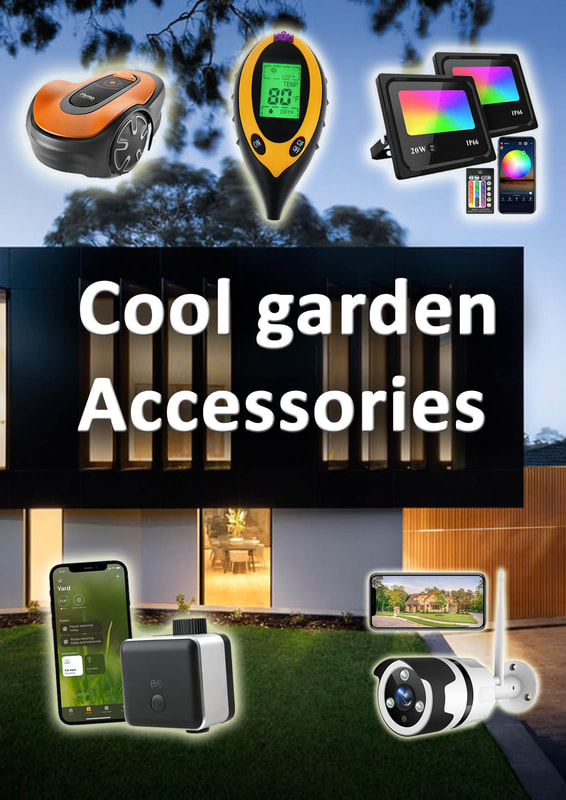|
This article contains affiliate links
There is nothing quite like growing your own fresh garden vegetables at home. The taste of home grown produce is always superior in both taste and quality. In a time of ecological degradation and climate change there is no better way to help protect the planet than producing food at home.
Not only does vegetable gardening produce healthy food free of pesticides and herbicides it is also great exercise. Vegetable gardening can burn up to 500 calories an hour and increase core strength and muscle mass.
It is a fact that if you start a vegetable garden you are much more likely to provoke healthy eating at home for the whole family. Vegetable gardens are great way to introduce children to healthy living and a healthy diet.
If you want to know how to start a vegetable garden from scratch there are some initial things to consider. If you want robust plants you will need to get the conditions perfect in the beginning. Everything from sunlight, water, soil, weeding and site design will have an impact of your vegetable gardens success. Hence we have broken the most important considerations down into 15 essential tips for starting a vegetable garden below. 1. Sunlight
When starting a vegetable garden sunshine is one of the most crucial elements. You will need a minimum of six hours sunshine daily during the season however 8 hours and above is optimum.
Hungry plants like vegetables need more photosynthesis than other less demanding plants. Photosynthesis is the process whereby plants use the suns light to produce energy. It is this stored energy within vegetables which make them nutritious for us to eat. Vegetables such as potatoes are particularly rich in calories as they store this energy in their tubers. Sunlight helps fruit to produce rich sugars that that we love to eat and help fruits set and ripen well. When sighting a potential location for your plots make sure you assess levels of sunlight throughout the day. Bear in mind during spring and autumn the sun will be lower in the sky. This can prevent sunlight from peeping over tall hedges and fences. If you live in an urban garden take extra special notice of vertical shading factors. These can come in the form of hedges, trees and buildings. In these scenarios it can greatly help to raise your growing areas up. This can be done with raised growing beds and planters. 2. Accessibility
Easy access to your vegetable garden is extremely important for a number of reasons. Firstly vegetable gardens require ongoing development, maintenance and harvesting. This means having effective and comfortable wheel barrow access to your growing areas. You may find yourself transporting quantities of manure and harvested vegetables to and from the site.
In vegetable gardening it is also extremely important to visually monitor your crops on a regular basis. In a perfect world this will be every day during the growing season and within viewing distance of your home. This will allow you to keep an eye on progress even when day to day life becomes busy. The further you physically have to travel to your vegetable garden the more likely you are to miss important duties. Close daily proximity do your crops will allow you to weed, diagnose problems, water and harvest much more easily. However this is not always possible for everyone. Some people do not have the luxury of their own gardens and therefore grow on allotments. If you are starting out on an allotment you will need a strict and regular visit frequency. One of the best ways to encourage commitment to an allotment is to make it as liveable as possible. This means providing infrastructure for extra recreation. This could be a shed or summer house for reading or even a barbecue area to relax with friends. Access to water is also an important consideration when starting a vegetable garden. The week by week Vegetable garden planner is a great resource for planning out your vegetable patch. 3. Soil
Vegetables thrive in a soil with an open, loamy structure with high fertility and good drainage. Reaching this level of soil conditioning can be one of the most challenging aspects of vegetable gardening.
The best way to start developing your soil is to identify its current state. Existing soil types will depend on regional geography, river basins and previous cultivation. PH
PH level is the measurement of how acidic or alkali your soil type is. Generally vegetables prefer a neutral PH leaning more onto the more alkaline. To find out what PH you have a simple litmus test can be obtained through most garden stores. If your soil does fall into the acidic category lime can be added to help neutralise its PH.
Sandy loams
Sandy loams are typically free draining and nutrient poor. This means they are difficult to irrigate in summer and do not retain nutrients for vegetables to thrive. The positive thing is you are starting with a well drained soil which is difficult to achieve with heavy soils.
The best way to improve sandy loams is dig in plenty of organic material. This can be rotted manure or composted materials. Over time sandy soils can be dramatically improved but seasonal manure should be applied. If you are impatient and have the budget you can buy in clay loams in bulk to apply to the top layer. Heavy Clay
Heavy clay soil is difficult to work becoming rock hard in summer and wet and sticky in winter. In boggy conditions clay can become extremely compacted and lead to plants rotting. Heavy clay soil is one of the most despised soil types for growing vegetables.
Clay does present an initial challenge for a vegetable garden but does also have advantages. Clay soils are extremely good at retaining both nutrients and water. This makes them very good for growing vegetables if you make them more free draining. If your site is particularly boggy perhaps adding a drainage system as an extra precaution. To improve clay soils add plenty of organic matter and free draining material such as sharp sand. Mix these in equal quantities into the soil. This can be carried out by hand or rotavator in early summer when the soil dries out. The sand and organic particles will separate into the clay particles making them crumble apart more easily. This process should be repeated year on year until your soil is lighter, fertile and free draining. Clay Loams
|
The Author
|
Landscaping services across Buckinghamshire, Amersham, Aylesbury & High Wycombe
Hyde Heath, Amersham, Buckinghamshire |
|

